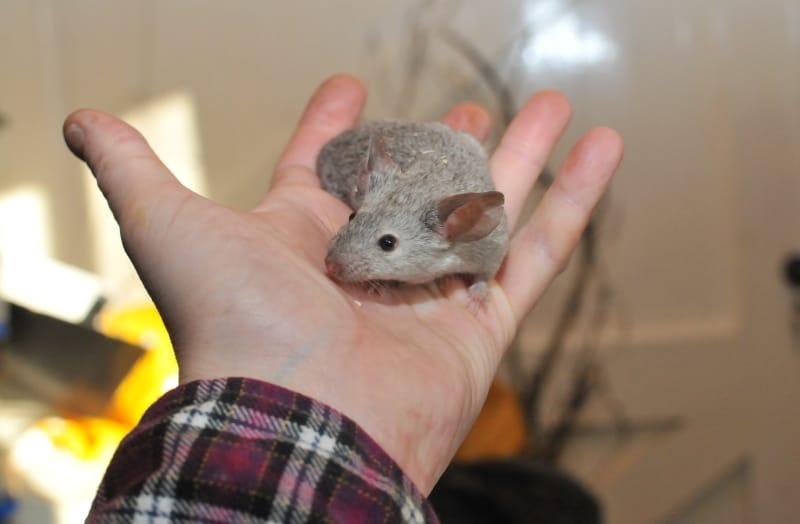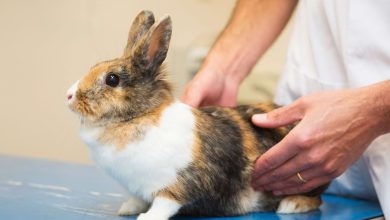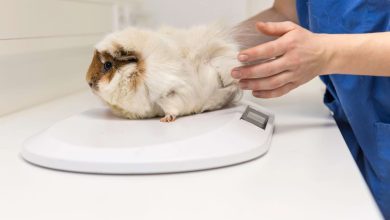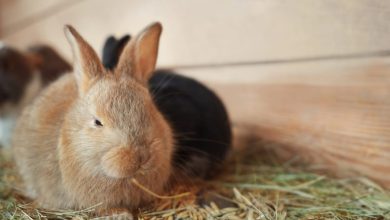7 Tips to Safely Hand Feed Treats to Your Mice

In a previous post, I discussed which treats to hand feed your pet mice, but actually one of the most common questions regarding hand feeding mice edible treats has nothing to do with what the treat is. It’s how to feed your mice treats without being nipped.
Now, let’s be clear here from the start. Many people describe this as ‘being bitten’, but it’s very much doing our mousey companions a disservice to describe it as such.
The practicalities of hand feeding mice
The reality is that mice have really poor eyesight compared to humans, and mostly use their hearing, sense of smell, and whiskers to navigate. Let’s think about this from the mouse’s point of view for a second, to better understand why they might nip.
Firstly, your ears aren’t really going to help determine where stationary food is. Naturally you would be using those sensitive whiskers of yours to carefully and precisely locate the food. The thing is, you’re in a rush because you want to grab the tasty snack you can smell with your powerful nose before your friends do – and perhaps you’ve only recently met this human, and are a little bit scared of being near them for very long as they might hurt you. But you really do want the snack… So what do you do? You reach out to firmly take the nearest thing you think might be food to grab-and-run. Except oops, that wasn’t the food, that was the human finger holding the food. Oh no, and now your human is making scary noises and moving around all over the place. This whole taking food from them business is really hard, so you’ll try and do it even quicker next time!
As you can see, it’s not too difficult to accidentally end up in a bit of a catch-22 situation.
So while it is very important to think about what it is we’re hand feeding our pet mice, it is also vitally important that we consider how we’re feeding them these treats. The experience needs to be positive for everyone!
7 tips for hand feeding treats to mice

- Don’t wash your hands directly before handing treats to your pet mice. Even soap which smells fairly mild to us will smell very strongly to our mousey friends, and this distracting and/or overpowering ‘smell cloud’ can make pinpointing exactly where the food is much more difficult for them. The harder it is exactly locate the food’s position, the more likely they will accidentally nip. 10-15 minutes gap is long enough for the smell to disperse – I usually use this time to do a quick tidy up outside the cage, which helps my hands to smell more familiar again.
- Use food which is easy to pinch between thumb and index finger, with a bit sticking out beyond your fingertips, nearer to the mouse. Small whole grains and seeds are difficult hold in such a way that it is easy and safe for your mouse to take. Processed grains which have been puffed up in size, or flattened, or otherwise processed to take up more space are much easier both for us to offer, and for our mice to take.
- Utilise small plastic feeding scoops as a hand-extender – this is especially helpful if there are children in the family who help with mouse care. Rounded spoons which are 5ml/1tsp and smaller are most suited for treating mice, with plastic spoons being nicer for the mouse to interact with than metal. You can even get supplement measuring spoons with really long handles for treating new mice who are too nervous to come super close to your hands.
- Let your mice pick their favourite out of a choice of treats – as with people, different mice have different favourite foods, so this is a great way to get to know your mice as individuals. I like to put a few options in a plastic feeding scoop and offer it out for mice to make their selection. Then you can use this knowledge to realise that mice will be more likely to accidentally nip with a food that’s more valuable to them, and to take more care with those items.
- If you have more time to spare to teach mice to be gentle, teaching them to lick first rather than merely grabbing (with their teeth) can work wonders. Yogurt, pureed fruit, and other similar textures are great for teaching this, as a mouse physically can’t grab a chunk and run off with it to eat elsewhere. If you’re being cautious you can initially offer this smeared on a spoon, but I usually go straight to offering a dipped finger.
- Explicitly teaching mice that your hands aren’t edible can do wonders. This is a bit of a weird one, and not something I’d recommend young children do in case of upset. But as the adult owner of pet mice you can put your open upturned hand in the cage for your pet mice to clamber on and investigate. The first few times you do this your mouse group are highly likely to have a little nibble here and there to see if you’re edible. But they’ll learn pretty quickly that a human hand isn’t edible. This will really help you out when it comes to hand-feeding, as they’ll be more consciously aware that your fingers aren’t part of the treat.
- Hand feed your mice regularly. Like with any life skill, you’re better at the activities you practice regularly, and the same is true of out pet mice. A mouse who is hand fed something edible every day is going to be more adept at taking the food than one who is only directly fed every week or month. Sleep is needed to process the learning and to ‘skill up’ – it’s more effective to hand feed one thing every day than to hand feed several treats every Saturday, but no other day.



